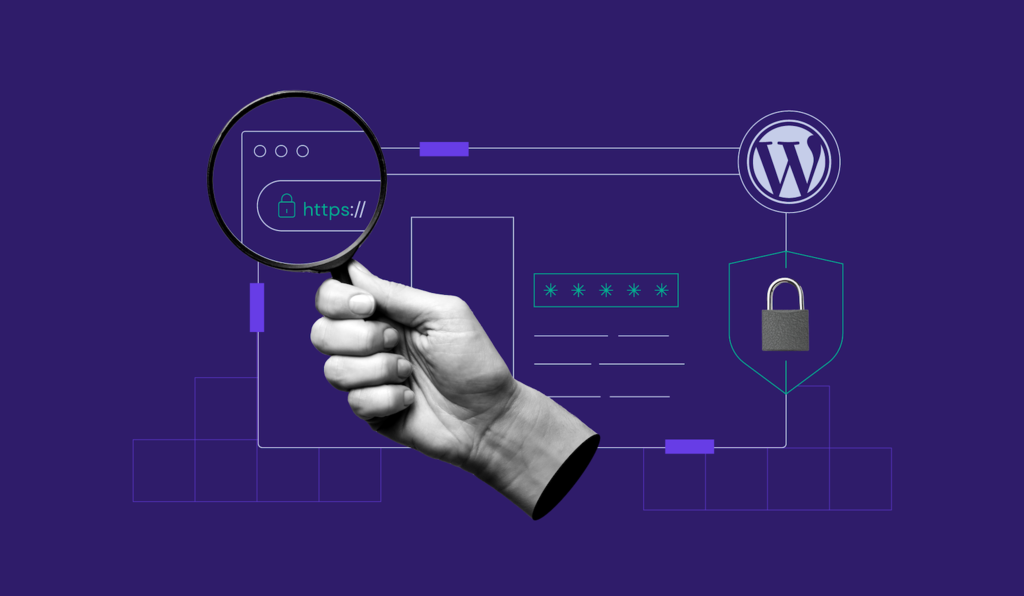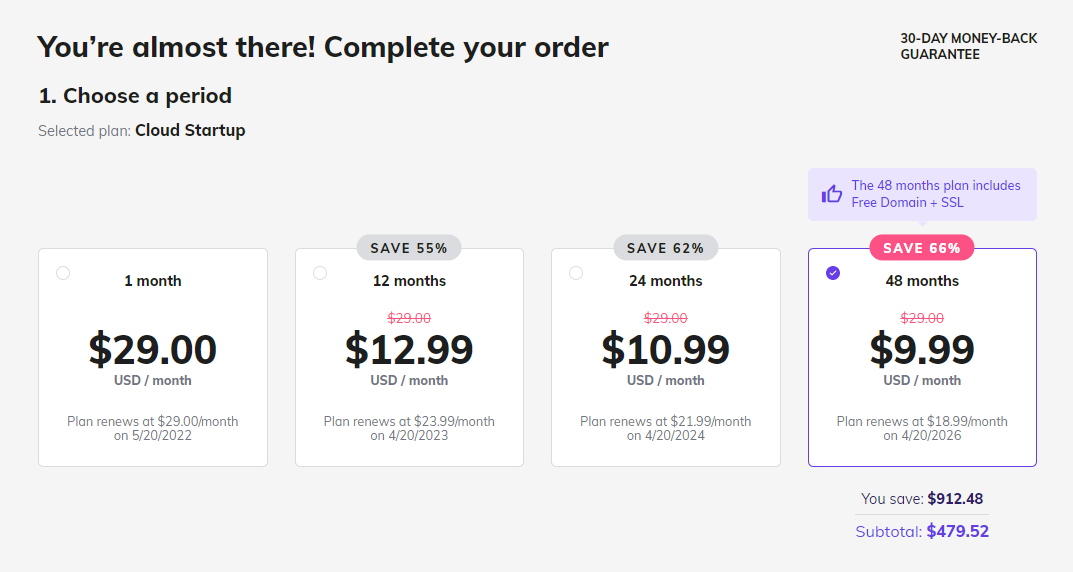
FTP passive vs. active is a consideration that most users should take into account, especially if their FTP client is being used behind a security firewall. FTP in passive mode is easier to operate and better suited for firewalls and NAT routing.
FTP is a protocol that uses the Internet (IP) to transfer files between computers using a client or server. FTP protocol is made up of a command and data channel. These channels are used for transmitting information from the client to the server.
The client initiates communication with the FTP by sending an PORT command via TCP Port 21. The server will respond by connecting to the specified client data ports on its local port, typically TCP Port 20.
The FTP connection works as long as the FTP client does not have a firewall. In that case, the client's firewall will block the incoming connection request from the FTP server, which would prevent the file transfer from occurring.

One way to solve this problem is to change the client's mode from active to passive. In passive FTP mode, the FTP server still initiates the channel of command but sends a PASV instead. The FTP client replies to this command with a random data port that it has open for the file transfer.
In Active Mode, the client will also send a PORT to initiate a data channel between the FTP server and the client. It is a reversed data channel and therefore not as compatible with firewalls or NAT routers.
Firewalls, which are software pieces that secure networks through limiting certain traffic types to specific ports, help keep them safe. This is usually done to prevent unauthorised access, but it can also cause issues when using FTP.
Network Address Translation devices (NAT) are another way to prevent unauthorized connections. These devices let multiple computers share one IP address but they can also be used as firewalls for connections from outside. NATs can be very effective at blocking external connections, but they are difficult to configure to support firewall support.
Passive mode was created to alleviate some of the responsibility for firewall configuration from the client side. In passive, the client will still initiate the control channel using port 21, however, instead of sending a PASV, it will send a PASV. This command asks the FTP server for an IP address, port number and data channel to be created by the client.

When you run Fetch on a firewall, and you receive an error when trying to connect, the Automatic Passive Mode will be automatically switched to passive mode. If that does not work you can manually activate the passive mode in the FTP Setting menu by selecting the Passive Mode.
The client can choose active or passive, but passive mode typically works better when using NATs or firewalls. A client can be configured so that it only uses a certain range of high level ports on the servers. This limits the number of ports which can be blocked by firewalls. It will also reduce the risk of a server being blocked by a firewall.
FAQ
What is the cost of building a website?
This question will depend on your goals for your website. Google Sites may not be required if you simply want to provide information about yourself or your company.
If you want to attract more visitors to your website, however, you will need to pay for something stronger.
The most popular solution is to use a Content Management System (like WordPress). These programs let you create a website with no programming skills. The sites are hosted by third-party businesses, so there is no risk of your site being hacked.
Another way to build a website is to use a service called Squarespace. They offer a variety of plans ranging from $5 per month to $100 per month, depending on what you want to include on your site.
What is responsive web design?
Responsive Web Design, also known as RWD, is a way of designing websites so that content displays on all devices. This includes desktop computers, tablets (tablets), smartphones, etc. This allows users access all features of a website, including navigation menus, buttons and buttons, on one device. RWD's goal is to ensure that users view the exact same version of a website on every screen size.
For example, if you were building a website for a company whose products sell primarily through eCommerce, you would want to ensure that even if a customer viewed your website on a smartphone, they could easily purchase items from your store.
A responsive website will adjust its layout automatically based on what device is used to view it. So, viewing the site on your laptop will look like a standard desktop website. The page will look completely different if it's viewed on your smartphone.
This means that you can create one website that looks great across all devices.
What is a static website?
A static website contains all content stored on a server that visitors can access via web browsers.
The term "static", as it is sometimes called, refers not to dynamic features such changing images, videos, animations, etc.
This site was originally intended for corporate intranets. However it has since been adopted and modified by small businesses and individuals who require simple websites without complex programming.
Static websites are becoming more popular due to their ease of maintenance. It's easier to update and maintain static sites than a website that has many components (such blogs).
They also tend to load faster than their dynamic counterparts. This makes them great for those who have slow Internet connections or users with mobile devices.
Also, static websites are more secure that dynamic counterparts. A static website is impossible to hack. Hackers only have access the data in a database.
There are two main ways to create a static website:
-
Utilizing a Content Management System.
-
Creating a Static HTML Website
It all depends on what you need. A CMS is my recommendation if your first website was created.
Why? Because it allows you to have full control over your website. You don't need to hire someone else to help you set it up. Upload files to the web server.
You can still learn code and create static sites. But you'll need to invest some time learning how to program.
Statistics
- It's estimated that chatbots could reduce this by 30%. Gone are the days when chatbots were mere gimmicks – now, they're becoming ever more essential to customer-facing services. (websitebuilderexpert.com)
- Did you know videos can boost organic search traffic to your website by 157%? (wix.com)
- The average website user will read about 20% of the text on any given page, so it's crucial to entice them with an appropriate vibe. (websitebuilderexpert.com)
- When choosing your website color scheme, a general rule is to limit yourself to three shades: one primary color (60% of the mix), one secondary color (30%), and one accent color (10%). (wix.com)
- It's estimated that in 2022, over 2.14 billion people will purchase goods and services online. (wix.com)
External Links
How To
What is website hosting?
Website hosting describes where visitors go when they visit a site. There are two types of website hosting:
-
Shared Hosting - This is your cheapest option. Your website files reside in a server managed by another company. When customers visit your site, their requests travel over the Internet to that server. The server owner then forwards the request to you.
-
Dedicated Hosting - This option is the most costly. Your website is hosted entirely on one server. Your traffic stays private as no other websites can share the same server.
Shared hosting is cheaper than dedicated hosting for most businesses. Shared hosting allows you to have your website run by the company who owns the server.
However, both have their advantages and disadvantages. Here are the differences:
Sharing Hosting Pros
-
Lower Cost
-
Simple to Setup
-
Regular Updates
-
It is possible to find it on many web hosting companies
Hosting shared with others can cost as low as $10/month. Remember that shared hosting usually comes with bandwidth. Bandwidth is how much data you can transfer to the Internet. Even if you upload only photos to your blog you might still have to pay more for large amounts of data that you transfer through your account.
You'll soon realize why your old host cost so much once you get started. The majority of shared hosts offer limited customer support. Their techs will occasionally walk you through setting up your site, but you're on your own after that.
A provider with 24-hour telephone support is a good choice. They will attend to any issues you have while you sleep.
Hosting dedicated:
-
More Expensive
-
Less common
-
Specific Skills Required
With dedicated hosting you will have everything you need to manage your website. You don't need to worry about bandwidth usage or RAM (random access memory).
This means that you'll spend a bit more upfront. You'll soon realize that your business is self-sufficient once it's online. You'll become an expert at managing your servers.
Which is better for my business?
This depends on the kind of website that you want. Shared hosting is best for those who only need to sell products. It is easy to set-up and manage. Because you share a server, you will most likely receive frequent updates.
However, dedicated hosting can be a great option if you're looking to build a community around the brand. Instead of worrying about traffic, you can concentrate on building your brand.
Bluehost.com is a web host that offers both. Bluehost.com offers unlimited monthly data transfers, 24/7 customer support, domain registrations free of charge, and a 30-day guarantee for your money back.